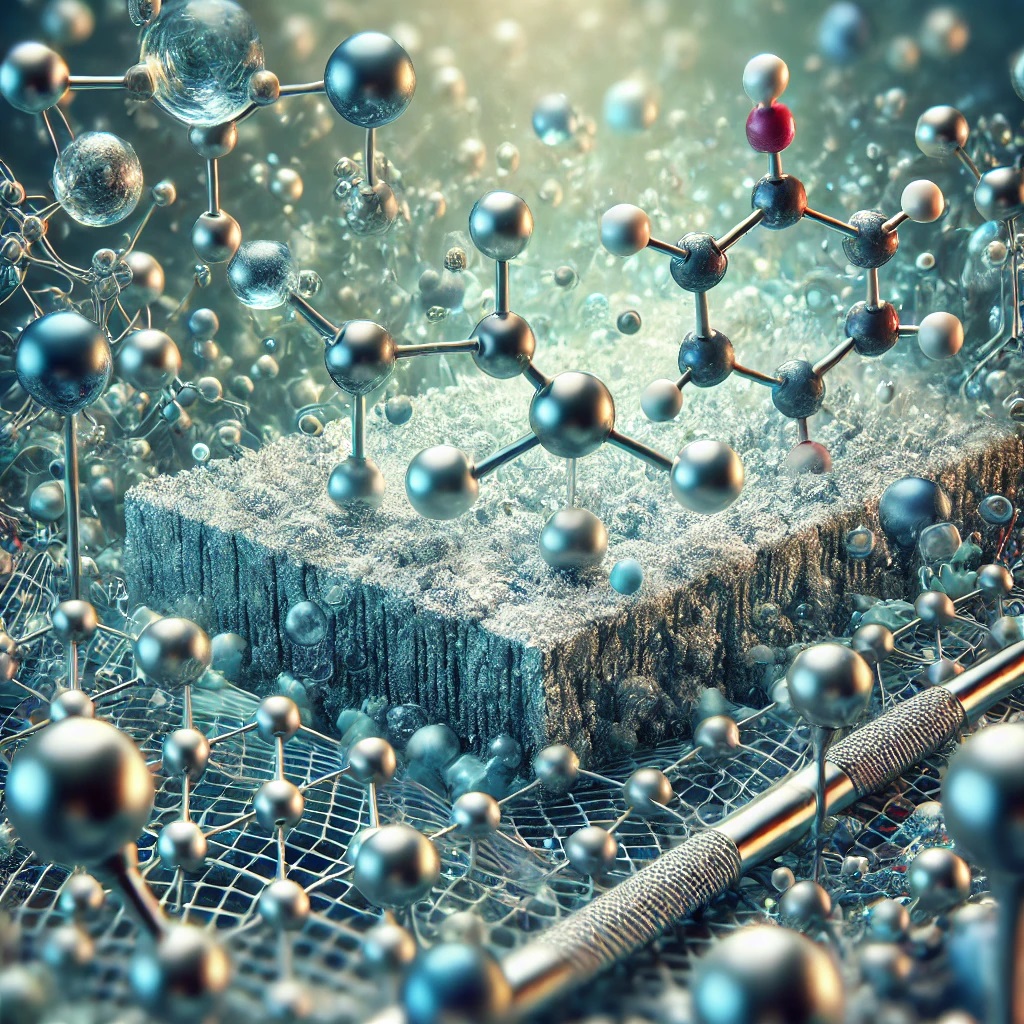
- Enseignant: Ahmed Boucherdoud
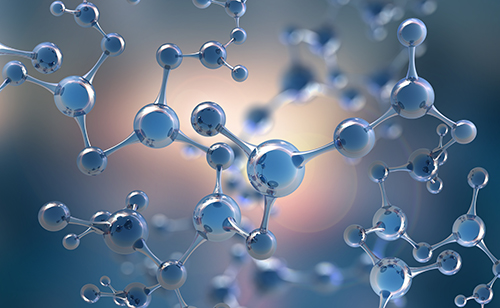
- Enseignant: Zaza Touaa

- Enseignant: Zaza Touaa
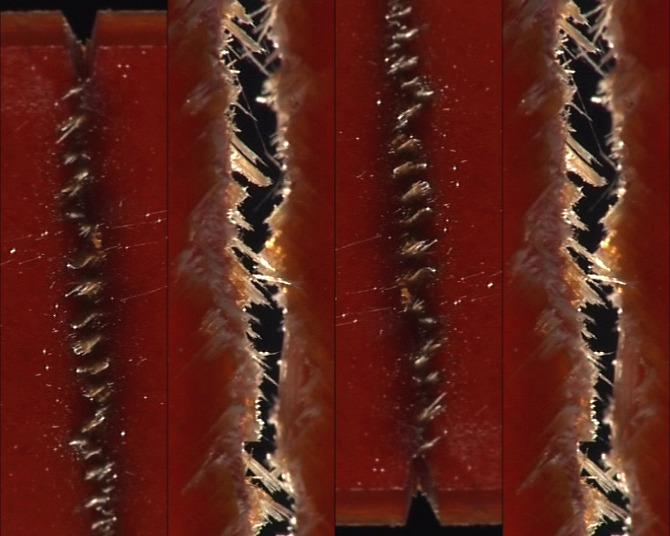
- Enseignant: Zaza Touaa
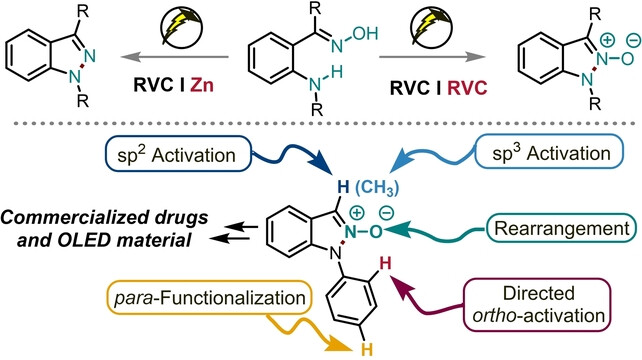
The pace at which major technological changes take
place is often dictated by the rate at which new
materials are discovered, and the timely arrival of
new materials has always played a key role in
bringing advances to our society. It is no wonder then
that the so-called combinatorial or high-throughput
strategy has been embraced by practitioners of
materials science in virtually every field. Highthroughput experimentation allows simultaneous
synthesis and screening of large arrays of different
materials. Pioneered by the pharmaceutical industry,
the combinatorial method is now widely considered
to be a watershed in accelerating the discovery and
optimization of new materials
- Enseignant: Houari Soltani

Intitulé de l’UE : Unité d’enseignement méthodologie1 (UEM1)
Intitulé de la matière : TP cinétique et catalyse
Crédits : 4
Coefficients : 2
Objectifs de l’enseignement : montrer l’influence d’un facteur cinétique sur une réaction
lente.
Connaissances préalables recommandées : Notions de base en cinétique.
Contenu de la matière :
TP N°1 : Réaction de dismutation des ions de thiosulfate en milieu acide.
TP N°3 : Catalyse enzymatique de la décomposition de l’eau oxygénée
TP N°5: Détermination de l'ordre de la réaction de dismutation des ions de thiosulfate en milieu acide.
- Enseignant: Oukacha Douinat
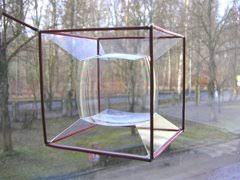
This course explores key aspects of solid-state chemistry, divided into four main chapters:
1. Types of Chemical Bonding in Solids:
Covers ionic, covalent, and metallic bonds, as well as the band model explaining electron behavior in solids.
2. Crystalline Structures:
Examines compact and non-compact structures, classification based on symmetries, point groups, and space groups.
3. Types of Defects:
Describes structural imperfections in solids, including point defects (vacancies and interstitials), planar defects, and three-dimensional defects.
4. Electronic, Optical, and Magnetic Properties:
Investigates how solid-state structures influence electronic conductivity, optical behaviors, and magnetic properties.
This framework provides a comprehensive understanding of the principles underlying the structure and properties of solid materials.
- Enseignant: Mohammed HACHEMAOUI